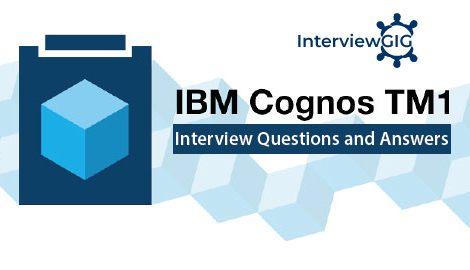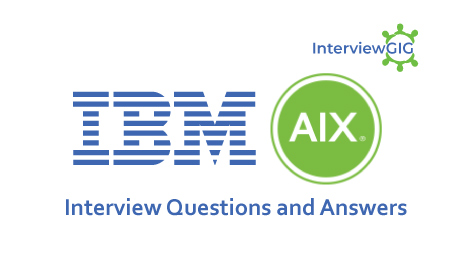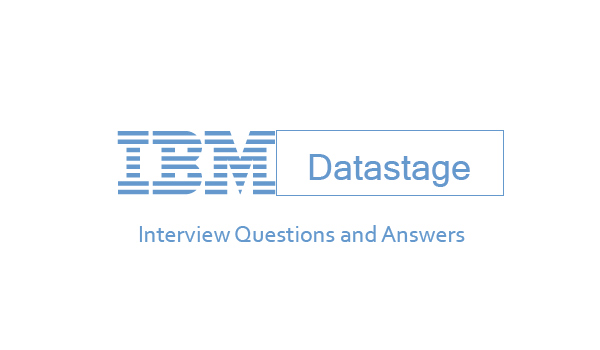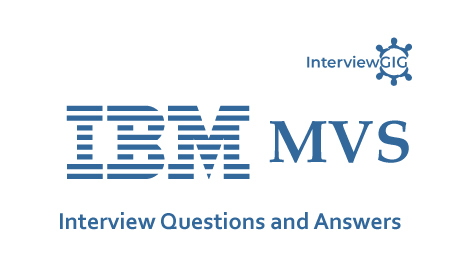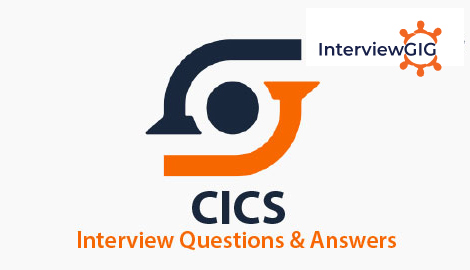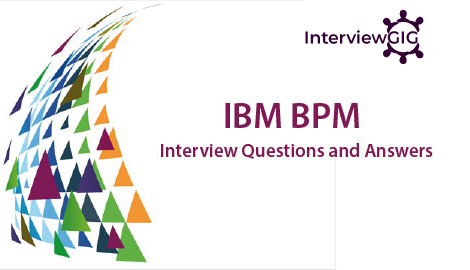What is Clearcase?
ClearCase is an enterprise level configuration management product which was adopted by many large organizations, both public and private, as part of the IBM Rational Suite. Because ClearCase is an enterprise level product, it has a rich and complex infrastructure that supports a highly customizable environment with a rich feature set. However getting the full power of ClearCase depends directly on how it is managed and administered.
Can you explain Unified Change Management (UCM)?
Rational’s Unified Change Management (UCM) is a key component of the Rational Unified Process®, a comprehensive framework for delivering best software practices. Both Rational Suite® and IBM® Rational ClearCase support Unified Change Management. The foundation or enabling-technology of UCM is Rational ClearCase and Rational ClearQuest, Rational’s integrated change management solution. The Rational UCM solution delivers an unprecedented level of change automation across the entire development lifecycle that strengthens team collaborative efforts.
UCM unifies cross-functional teams through an easy-to-adopt out-of-the-box process that is optimized for team acceptance across all roles. Working with ClearCase and ClearQuest, UCM automatically sets-up each individual’s personal workspace with a personalized to-do-list. So, regardless of whether you’re an analyst, tester, developer or release engineer, you will have a clear understanding of any project’s scope, priorities and all of the activities associated with any project.
UCM automatically keeps all team members informed of true project status and workload. Every team member is on the same page at all times. Project managers can organize project status, assess workload and estimate completion dates. With UCM, integrators and release engineers can assure project quality. Systems can be built consistently through software-reuse and build management. Build-related challenges are greatly minimized through the use of ClearCase UCM components and baselines.
What are the best SCM Practices?
- Organize versioned artifacts into versioned components.
- Organize versioned components and subsystems into versioned subsystems.
- Create baselines at project milestones.
- Record and track requests for change.
- Organize and integrate consistent sets of versions using activities.
- Maintain stable and consistent workspaces.
What are version control tools? How are they use full can anybody name few version control tools?
Version control: versioning is the making of copies of data at some meaningful point in order to return to that point at a later date, if necessary.
In Software field so many version control tool are there
SCM tool
VSS tool
CVS tool
PVCS tool
Rational clear case provides tool support versions all types file and directories in source repository . Software field best version tool is clear case it support version control,merging,compare version of software resource, parallel development… Version control tools help multiple users to make simultaneous changes to a collection of documents/files, without clobbe.
Can I associate more than one activity with a single change?
No. Any change that is made on a UCM stream is associated with a single activity. If using ClearQuest-enabled UCM, it may be possible to create relationships (i.e. parent/child) to establish multiple references to a single activity’s change set, however the change set itself is associated with only one activity.
Explain Files Checked Out?
Checkouts are not allowed during rebase (so we could easily support the cancel operation for rebase). If checkouts were allowed, UCM would need to store a copy of all checked out files (as merging may be required if some files are affected by the rebase). This functionality could be provided in a future release, but for this release of UCM you cannot have any checkouts in your development stream during rebase.
What are the different file systems in Linux OS?
There are two types of files in UNIX:
As Test and Binary file
In broad manner Text file is also three types;
Normal text file
System text file
Device text file
Can customers undo change sets?
There are various levels of undo. In UCM 1, you can decide not to deliver a change During delivery, and before checking into the integration stream, you can cancel a delivery. Once a change has been incorporated into a baseline, it cannot be removed via UCM in the first release. However, you can create a new activity called “Remove change set X”, and use subtractive merges to create new versions that can remove the old versions. You would then deliver/baseline this change.
What UCM functionality do you have in clearcase 4.0 without clear quest?
ClearQuest gives you scheduled activities, assignment, state, user defined fields and forms, roles and security. ClearCase gives you all new objects and UCM infrastructure, projects, components, baselines, change sets, streams, etc.
Can you explain what does albd_server do?
The albd-server handles a variety of tasks.
When a client program wants access a service ( avon or view server for example)on clearcase host, it uses a remote procedure call to send a request to the albd server on that host. The albd server starts the requested services if it is not already started. then issues a response telling the client the service’s port number. Thereafter the client communicates directly with the specific service, without involving the albd_server.
Responding to requests for registry information on rational clearcase registry on server host.
Responding to requests for licenses information on a rational clearcase license server host.
How to start the albd_server in windows if it is stopped?
We can use below commands in command promt.
c:>>>> net start albd.
And another way is Click Start > Control Panel Double-click > Administrative Tools folder Double-click >the Services icon Double-click >Atria Location Broker service and start albd.
One more is in control panel.there u can see the clearcase icon and double click on that icon. Click on services start up. There u can see the albd status if albd service is stop start albd service.
When more than one baseline is at or above the recommended level, which one is recommended by a rebase operation?
The rebase operation will recommend the most recent baseline that meets the project’s recommended policy requirements.
How to list the entire cos by a user in different vobs through a single command?
ct lsco -me
this gives all checked out files by a user
ct lsco -avobs -cview -me
List all files checked out to all views by a user
